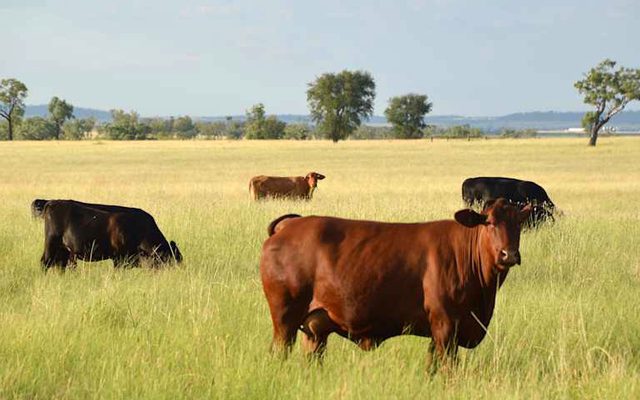This article is from the Australian Property Journal archive
RECORDS crops and commodity prices propelled prime Australian farmland returns to more than 13% over 2021, according to ANREV’s Australian Farmland Index, but risks are rising across the sector.
The index measures returns across 65 properties worth $1.86 billion owned or managed by major funds including Rural Funds Management, Argyle Capital Partners, Aware Super, and Hancock Agricultural Group.
Income contributed 7.2% and appreciation return 5.6% to the result. Returns were consistent with the September quarter’s reading.
On a quarterly basis, total annual return was 2.83%, made up mostly from positive income with capital growth at 0.65%.
Annualised total returns for annual crop farmland over the December quarter were 41%, on the back of capital growth of nearly 23% and income return of 16%, helped further by good seasonal conditions.
They were lower for permanent farmland, which were steady at 6%, with capital growth at 4.5% and income at 1.5%.
Index participant Riparian Capital Partners said record winter crops, historically high commodity prices and full water storages supported strong Australian farm earnings.
“The current increase in earnings is expected to well outweigh increases in cost pressures. The farmland index reflected this with the annual crops index outperforming a stable permanent crop index,” it said.
The Australian Bureau of Agricultural and Resource Economics and Sciences (ABARES) reported a winter crop record of 61.9 million tonnes and is forecasting 5.3 million tonnes of summer crop in 2021/22, supported by above-average soil moisture in central and south east Australia. Combined with the highest prices in real terms for 32 years, a record gross value of overall annual agricultural production of $81 billion is forecast.
Agricultural exports are forecast to reach a new benchmark of $64 billion for the period.
However, there are clouds forming on the horizon.
“Risks are increasing across the sector with considerable uncertainty over global growth in the short term and continued disruptions to supply chains resulting in significantly higher input costs on key inputs such as fuel, freight, fertiliser and chemicals,” Riparian Capital Partners said.
“Inflationary pressures are expected to shift the interest rate cycle more rapidly.”
ABARES expects medium-term commodity prices to ease and production to fall.
A cautionary note was sounded by the wine sector, which saw trade disruptions impacted exports to China, slumping from $1 billion to $29 million last year.
Prior to the current floods in south east Queensland and NSW, November of 2021 was the wettest on record for Australia, with the heavy rains causing flooding in inland New South Wales and southern Queensland, along the Lachlan, Namoi, Macquarie, Barwon, Macintyre–Weir and Condamine–Balonne rivers.
Summer rainfall was only slightly above average nationally with large parts of Western Australia remaining below average. Strong summer crop programs and pasture growth were boosted by above-average soil moisture.
Water storages refilled with end of February 2022 levels back at historical highs. The recent flood events mostly impacted areas east of the Great Divide and some horticultural crop damage is expected.
The Bureau of Meteorology has noted that the current La Niña is expected to wane and return to more neutral phase through autumn.
Land still values on the up
“The trifecta of high commodity prices, supportive seasonal conditions and low interest rates continues to drive land values,” Riparian Capital Partners said.
Foreign Investment Review Board data shows foreign ownership of agricultural land remained steady through 2021 at circa 14%, and similarly for water entitlements at about 11%.
“Indications are that well-established family farmers are taking the lead in farmland acquisitions, a shift from previous corporate lead activity. This is unsurprising considering the re-building of family farm balance sheets over the last 12 months and a positive seasonal outlook.”
Local families have bought up a number of high-profile assets in recent months, including the Sylvania and Marshmead aggregation near Goondiwindi from billionaire hedge fund manager Sir Michael Hintze, and the controversial Liverpool Plains land owned by Chinese mining giant Shenhua Watermark Coal across multiple deals worth a combined $120 million.



